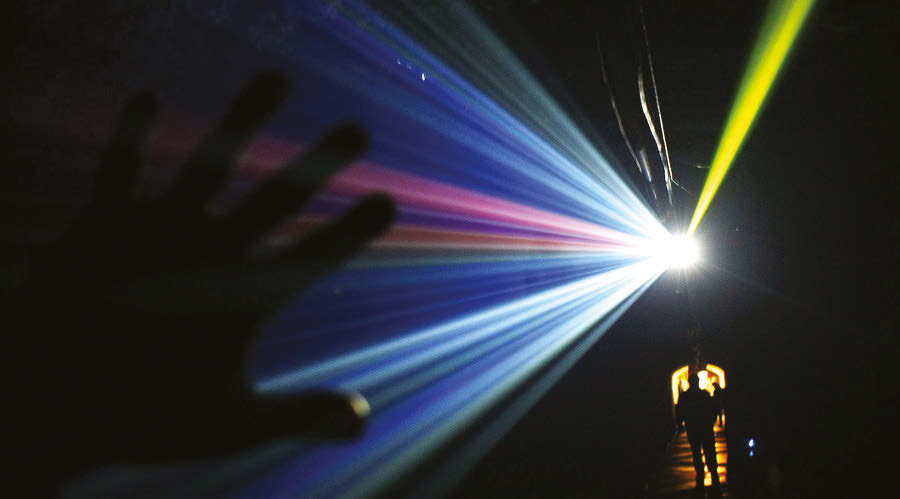
WASHINGTON (TIP): NASA‘s Dawn spacecraft has delivered the closest-yet views of the dwarf planet called Ceres that show the small world’s features in unprecedented detail.
The new images show Ceres’ tall, conical mountain, crater formation features and narrow, braided fractures.
“Dawn’s view is now three times as sharp as in its previous mapping orbit, revealing exciting new details of this intriguing dwarf planet,” said Marc Rayman, Dawn’s chief engineer and mission director at NASA’s Jet Propulsion Laboratory in California.
Engineers and scientists will now refine their measurements of Ceres’ gravity field which will help mission planners in designing Dawn’s next orbit — its lowest — as well as the journey to get there.
In late October, Dawn will begin spiraling toward this final orbit, which will be at an altitude of 375 km.
At its current orbital altitude of 1,470 km, Dawn takes 11 days to capture and return images of Ceres’ whole surface.
Each 11-day cycle consists of 14 orbits.
Over the next two months, the spacecraft will map the entirety of Ceres six times.
The spacecraft is using its framing camera to extensively map the surface, enabling 3-D modeling.
Every image from this orbit has a resolution of 450 feet per pixel, and covers less than one percent of the surface of Ceres.
At the same time, Dawn’s visible and infrared mapping spectrometer is collecting data that will give scientists a better understanding of the minerals found on Ceres’ surface.
Dawn is the first mission to visit a dwarf planet, and the first to orbit two distinct solar system targets.
It orbited protoplanet Vesta for 14 months in 2011 and 2012 and arrived at Ceres on March 6, 2015.





Nobody is impressed by yet another lifeless rock ball.